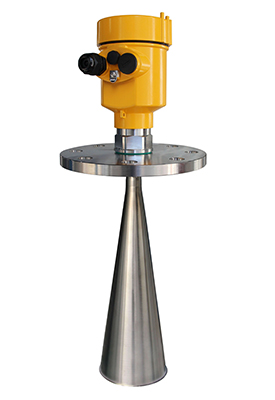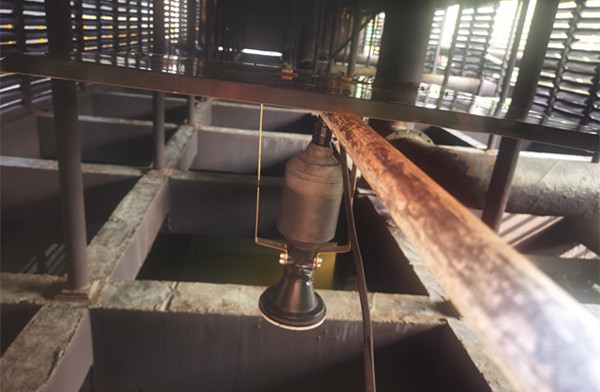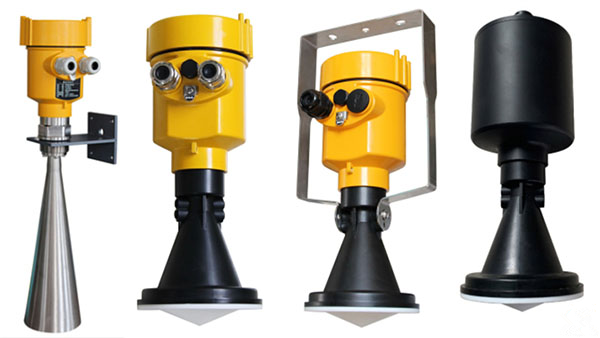In the fields of water resources management and environmental monitoring, accurate and real-time water level measurement data is crucial. With the advancement of science and technology, radar water level meter, as a new type of water level measurement technology, is becoming the new favorite in the industry with its unique advantages.
This article will deeply explore the advantages of radar water level meters and compare them with traditional water level measurement methods to demonstrate its important position in modern hydrological monitoring.

First of all, the biggest advantage of radar water level meter is its high precision and non-contact measurement method. Traditional float-type or pressure-type water level gauges are easily affected by physical factors such as water flow, sedimentation, floating objects, etc., resulting in increased measurement errors.
The radar water level gauge uses high-frequency microwave signals to determine the water level by measuring the round-trip time of the signal without direct contact with the water body, so it can provide more accurate and stable data.

Secondly, the radar water level gauge has extremely strong applicability. Whether it is rivers, lakes, reservoirs or other water bodies, even in harsh climatic conditions, such as heavy rain, fog and other extreme weather, radar water level meters can work stably. Its measurement results are not affected by environmental factors such as temperature, wind speed, air pressure, etc., which makes it perform well in complex and changeable natural environments.
Furthermore, radar water level gauges are relatively simple to install and maintain. Compared with traditional water level measurement equipment, radar water level meters do not require the construction of complex infrastructure, nor do they require frequent maintenance and calibration.
It is easy to install and usually only requires the device to be fixed in place to start measuring. This simplicity greatly reduces initial investment and subsequent maintenance costs.

In addition, radar water level gauges enable real-time continuous monitoring. It can provide water level data 24 hours a day, which is crucial for flood warning, water resource dispatching and other scenarios that require rapid response.
The acquisition of real-time data enables management departments to make timely decisions and effectively prevent or mitigate disasters. It is worth mentioning that the radar water level meter also has good scalability and compatibility.
It can be combined with other sensors and communication equipment to form a complete hydrological monitoring network. This kind of network can remotely transmit data to the control center, facilitate data analysis and resource sharing, and greatly improve the efficiency and level of water resources management.
Finally, from an economic perspective, the cost of using radar water level meters is relatively low. Although its initial investment may be higher than that of a traditional water level gauge, it can save users significant operating costs in the long run due to its low maintenance requirements and long life.

In summary, radar water level gauges have shown great potential in modern hydrological monitoring due to their advantages such as high accuracy, non-contact measurement, strong adaptability, easy installation, real-time monitoring, good scalability and high cost-effectiveness.
It not only provides strong technical support for water resources management, but also provides important data protection for environmental protection and disaster prevention. With the continuous advancement of technology and the continuous expansion of applications, radar water level meters will play a more critical role in the field of hydrological monitoring in the future.
